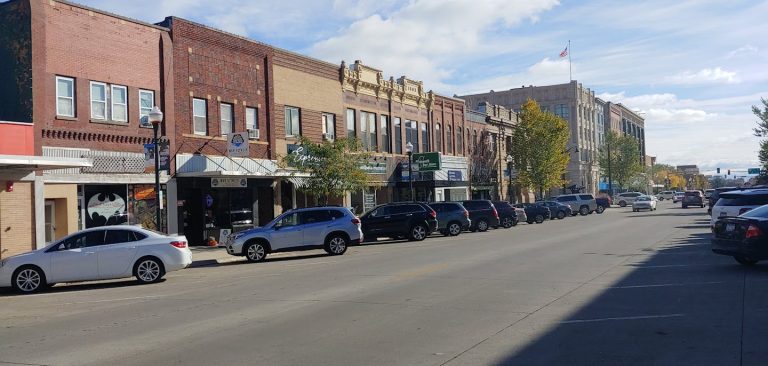The Regional Shuttle Service hopes to help alleviate health care issues in Freeborn County by providing free transportation to local hospitals.
Smart Transit, which operates in Austin, Albert Lea and Owatonna, will expand medical ride services for Freeborn County residents next year, thanks to a $10,000 grant. The shuttle company will provide free transportation to Mayo Clinic hospitals in Albert Lea and Austin for residents 55 and older, addressing a long-standing decline in health care services in the area.
“We're very pleased,” said Smart Transit operations manager Chris Thompson. “I can't even explain how great news that is.”
Mayo Clinic Health System in Albert Lea announced service cuts in 2017, asking people to travel to Austin, about 20 minutes east, for most hospital admissions. Community members organized to open a primary care clinic at Iowa-based MercyOne in 2022, but pandemic-related complications and financial difficulties led to the clinic closing in early 2024.
A group of Albert Lea residents contacted Smart Transit officials earlier this year asking for expanded medical shuttle service and increased transportation to and from hospitals. SMART has been running a free ride program for seniors in Mower County for years thanks to a Mayo Clinic grant, but didn't have the funding to replicate the program.
Mayo officials worked with SMART staff to secure the grant through the Naeve Health Care Foundation, a local organization named after the former hospital that served Albert Lea residents since 1911. The Foundation makes grants to local health care issues, including funding Mayo programs. We've donated more than $4 million to local health care.
Freeborn County is not alone in struggling to access health care. For decades, Minnesota's hospitals have largely partnered with larger systems or closed as the state's population moved into metropolitan areas. Some smaller hospitals are trying to band together to save money, while others are finding gaps in their communities to provide better service.
But a growing elderly population means there is an ever-increasing need to take older people to hospital, and rural areas are struggling to meet transport demands. . According to the U.S. Census Bureau, Minnesota's elderly population (65 and older) grew from about 680,000 in 2010 to nearly 950,000 in 2020. Not all of them have their own means of transportation.

